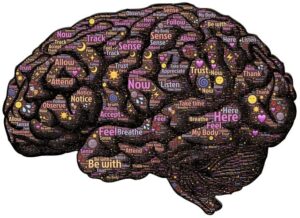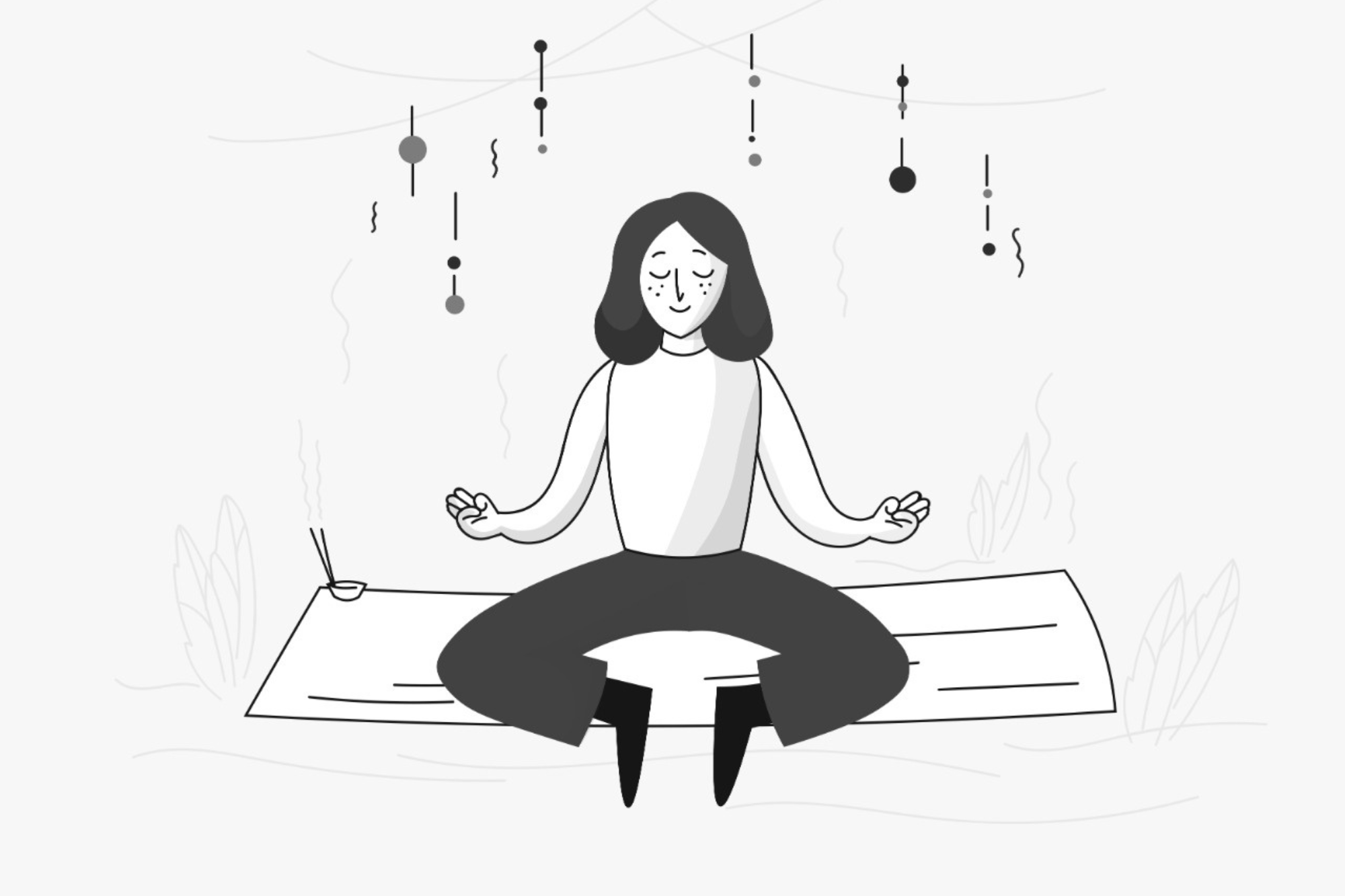the Essence of Mindfulness
“Mindfulness” has become somewhat of a buzzword in recent times. Google and Facebook, for example, organize regular seminars for their staff to practice mindfulness.
Mindfulness, on the other hand, has its origins in Eastern philosophies like Buddhism and Taoism, which extends back to thousands of years. Mindfulness is still relevant in today’s world. It is easier to deal with our daily emotional challenges when we engage in the practice of mindfulness.
Is it possible to explain the concept of “mindfulness”?
As defined by the modern mindfulness movement’s creator, Jon Kabat-Zinn, mindfulness is “paying attention in a certain way; on purpose, in the present moment, and nonjudgmentally.” What we’re talking about here is paying attention to our thoughts and feelings as well as our physical sensations and our surroundings without judging ourselves for any of it.
Consciously paying attention to the present moment is the essence of mindfulness.

Several Positive Implications of Mindfulness
Many people seek mindfulness as a way to better handle negative emotions like worry, tension, wrath, or regret. Mindfulness, on the other hand, has many benefits that go well beyond what it seems to offer at first glance.
We can learn to break patterns like rumination and thinking by using mindfulness effectively. Think about what might happen in the future or what might have happened previously, and you’ll likely feel more stressed or anxious than you already are. Consistent mindfulness practice can help us better comprehend our own minds and the thoughts that form and influence our lives more clearly. The most important thing is that we can learn to recognize and stop these harmful patterns of thought and behavior.
As a result of being mindful, we are able to take control of our emotions rather than letting them rule us. In turn, we are able to build positive mental and physical states.
How to Become More Mindful?

Mindfulness is a way of paying attention to our thoughts and feelings in a mindful way. We strive to keep an eye out for them. We then try to keep an eye on them as they pass by. We eventually try to watch them fade away, as if they were no longer there.
It is important to practice mindfulness without making judgments about our thoughts and feelings. Instead, we simply strive to pay attention to them without judging them. Just be aware of our judgments and let them go if we find ourselves making them. Being in a state of mindfulness is a non-emotional one.
What is the aim of mindfulness?
Mindfulness teaches us to let go off the need to control our thoughts. When a troubling notion enters our minds, we strive to just be aware of it. We make an effort to pay attention to how it feels. Are there any bodily sensations that go along with this? How are they feeling? Do you know where they’re felt? Getting rid of or dealing with the feelings and thoughts isn’t our goal. Don’t you think so? Our ideas and feelings can be observed simply by paying attention to our thoughts. There’s nothing else we can do once they’re in our sights. They’re nothing more than thoughts. They’ll come and go, but they’ll be gone before you know it.
Through mindfulness, we discover that our distress comes from our connection to our thoughts and feelings. Think about things that you can never solve by thinking about them again. This is called “ruining”. By engaging in mindfulness practices such as paying attention to and letting go of our thoughts, we may protect ourselves against the stress and anxiety that can come from holding on to unpleasant thoughts.
Learn more: Mindfulness and Mental Health Awareness
Know more on Talking with your Inner Child
Shruti Dua, Blogger, BSc. (Psychology)




